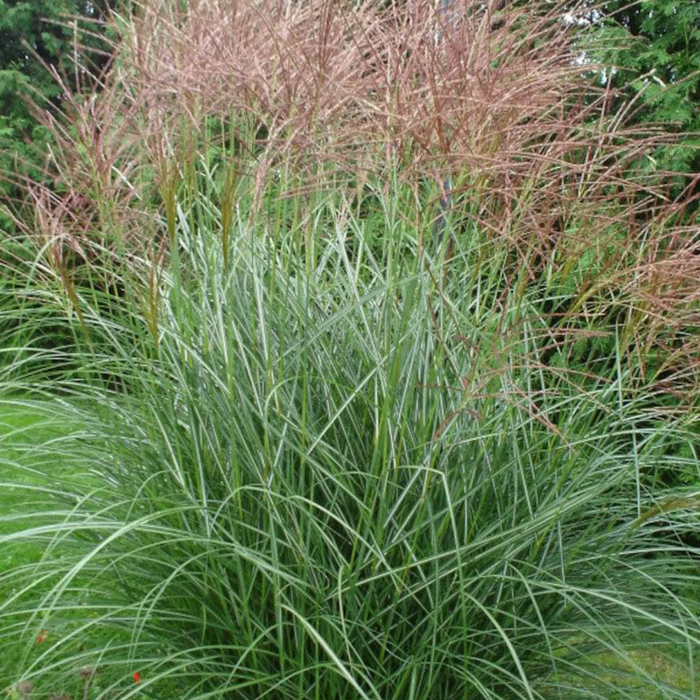
Maiden Grass Seeds
Save 50%
Original price
$10.00
Original price
$10.00
-
Original price
$10.00
Original price
$10.00
Current price
$4.99
$4.99
-
$4.99
Current price
$4.99
Transform your outdoor space into a haven of color with Maiden Grass Seeds. This ornamental grass variety offers a symphony of red shades, creating a dynamic and visually arresting landscape, the fiery beauty of Red Maiden Grass in your garden. These seeds promise a show-stopping display with intense red foliage and graceful arching form, creating a landscape that commands attention.
Features:
- Fiery Foliage: Intense red coloration adds energy and warmth to your garden.
- Graceful Arching Form: Creates a soft and flowing movement in the breeze.
Specifications:
- Color: Red Plumes
- Plant seeds: Outdoors after frost / Indoors weeks before the last frost
- Plant height: 48 - 72"
- Plant spacing: 24 - 48"
- Bloom time: Late Summer - Fall
- Hardiness zone: 4 - 10
- Light requirements: Sun - Part Shade
- Soil & water preferences: Average - Dry
- Quantity: 10 Seeds




